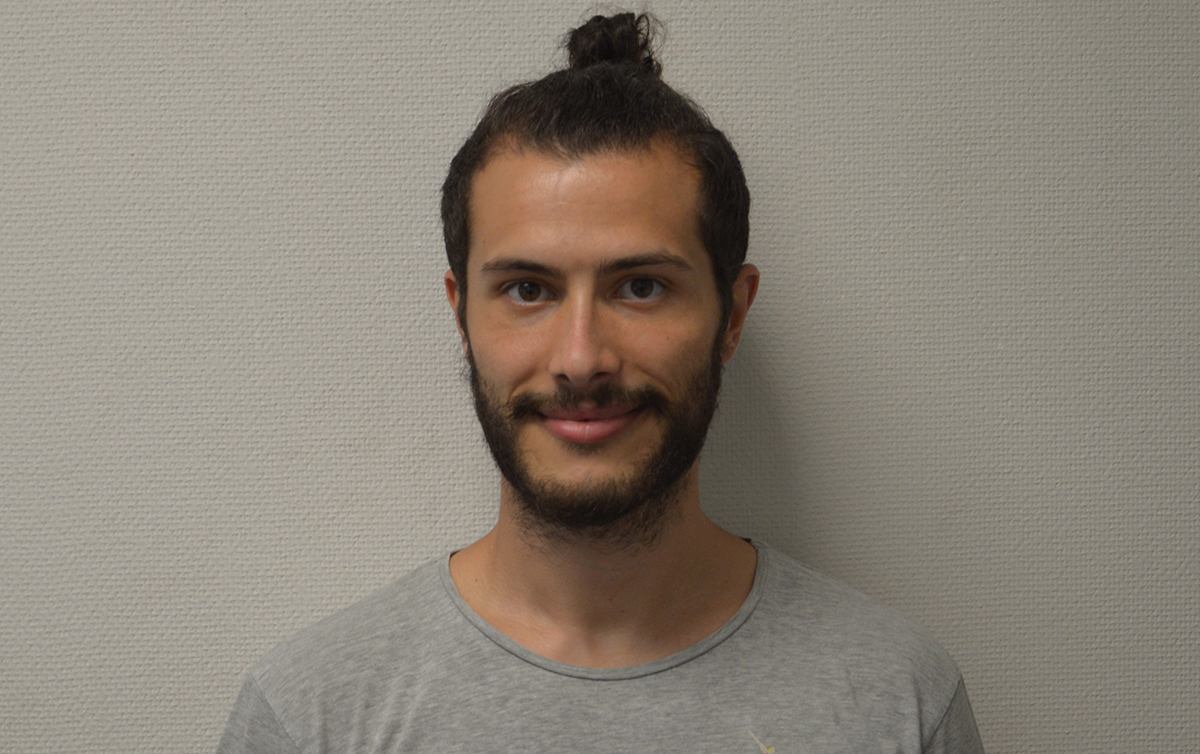
Carlos Moreno is a Ph.D. student in the Fuel Injection Department of CMT-Motores Térmicos, Universidad Politécnica de Valencia. His research focuses on Spray Atomization of Multiphase Flows from a computational point of view, particularly in working in airblast atomizers from aeronautical engines. In this interview he talks about his passion for computing and how his work in ESTiMatE plays a main role in the reduction of pollutant emissions in aero-engines.
What is your motivation for pursuing research in this area?
I'm very concerned about pollutant emissions in the aerospace industry, so the purpose of increasing efficiency and reducing contamination generated by engines is very inspiring. But the development of energy production systems is just one in a wide range of applications of Spray Atomization. Every little contribution to the existing knowledge in this area is followed by a big impact in many other related ones, for example cooling systems, pharmaceutical aerosols, pesticides, even prevention of virus transmission through coughing.
What would you have done if you were not a researcher?
I love programming and managing big amounts of data, so if I was not working on this I'd like to go in-depth in the Artificial Intelligence (AI) field.
Have you encountered any challenges in pursuing your research career?
Studying Spray Atomization numerically demands a lot of computational resources that are not readily available in most research institutes. In my case, the most challenging part I've found in my career is finding and managing the HPC resources needed to take our projects forward. We need to make an estimation of the core-hours required (to run many simulations, finding errors, processing results and display them intuitively, etc.), so we can apply for them in the Red Española de Supercomputación (RES) and Partnership for Advanced Computing in Europe (PRACE) calls, for instance. The application forms have to be filled in properly, and resources are not always granted because there are many projects competing for them. Whenever we are allocated resources, there are heavy limitations and strict deadlines imposed, so we have to organize our workflow and use them in an optimal way.
What do you do within the ESTiMatE project?
As fuel injection plays a main role in the reduction of pollutant emissions, we need to deepen in the understanding of spray atomization in airblast atomizers used in aeronautical engines. However, experimental work can only fully address secondary atomization (far from the source of the liquid breakup) so we need to study it from the computational perspective. This way we can investigate the droplet size, distribution and kinematic properties of the fuel to characterize primary atomization (close to breakup) giving a better understanding of this phenomenon.
When it comes to account for the spray breakup in multiphase flows, phenomenological models are used instead of numerical simulations (with less accuracy but much more speed), but most of the existing models require heavy calibration and/or expensive experimental visualization techniques. My main objective is to develop a phenomenological model specific for airblast atomizers based on validated high-fidelity simulations. This way we can provide a reliable tool to couple with industry solvers, improving their accuracy without the need of big computational resources.
How do you like it so far?
I'm so happy to work on this project because I've always been passionate about computing, and it has allowed me to work with some powerful supercomputers all around the globe.
What do you hope to achieve in your career in the long run?
My wish is to keep working on HPC projects in the future regarding multiphase flows, even if they are not related to aeronautical engines or fuel injection. One option, as I said I am interested in AI, would be working in Machine Learning applied to Computational Fluid Dynamics and turbulence, which is developing fast lately.
